Talk about a tough nut to crack! Lacking sharp rodent incisors, humans usually need to resort to hammers or other such tools to open and enjoy the sweet taste of the shagbark hickory nut. Shagbark Hickory Nuts September 15, 2017 I’ll admit it. I’m a cookie-dough freak. Even though I know full well that baked
Raising Monarchs
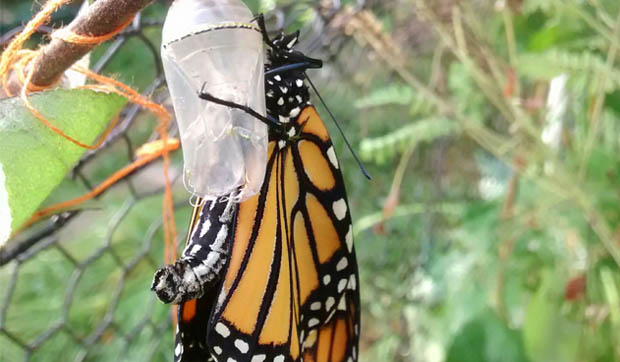
A member of the monarch super generation lets its wings fill with fluid after eclosing, or emerging, from its chrysalis. Barring any unforeseen difficulties, it should arrive at its overwintering grounds in Mexico in November. (Photo courtesy of Jill Voegtle) Raising Monarchs September 8, 2017 A few week s ago we alluded to the fact
Butterfly, Insect, MonarchsThe Green Darner
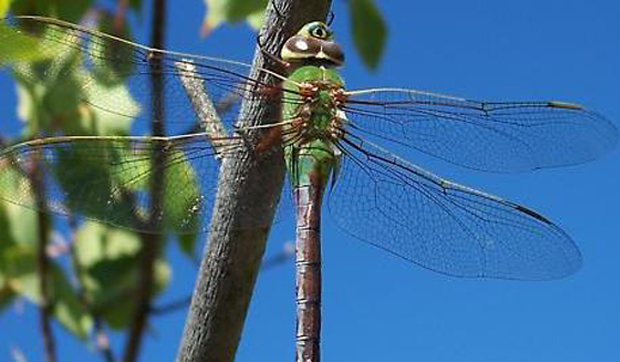
A female green darner rests in a characteristic pose. The “bullseye” mark at the front of the head is another way to identify this iconic dragonfly species. The Green Darner September 1, 2017 I got together with some friends the other night, and after a while the conversation turned to superheroes and, eventually, the movie
Bug, Green Darner, InsectMs. Garter Snake
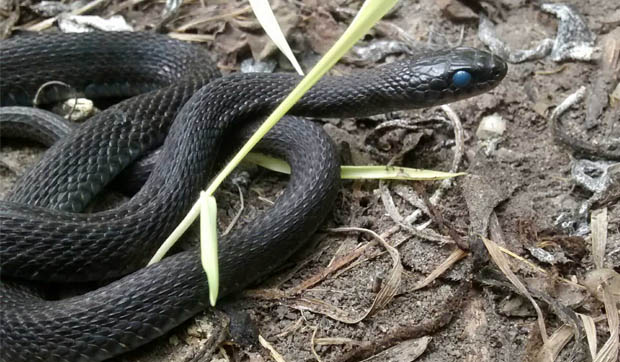
This garter snake has an overabundance of melanin, a dark pigment that obscures the individual’s normal markings. The cloudy eyes indicate that the snake is in the midst of a shed cycle. (Photo courtesy of Jill Voegtle.) Ms. Garter Snake August 25, 2017 Every time I walk past a particular park district outbuilding, I get
Garter Snake, Reptile, SnakeBirds of a feather – it’s time to molt
Chipmunks

Although usually spotted on the ground, chipmunks are adept climbers. Their name is derived from a Native American word meaning “climbs down trees head first.” (Photo credit: Tom Tetzner/USFWS) Chipmunks August 11, 2017 Even though the corn and soybeans are still green in the field, some local harvests have already begun. Need proof? Just check
Chipmunks, Rodents, SeedsMoths
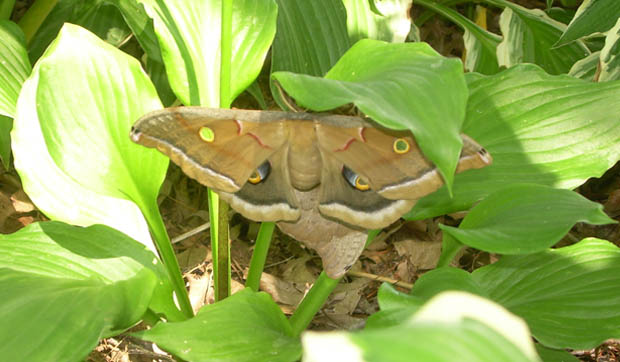
Polyphemus moths are locally common in our area but rarely seen due to their nocturnal nature. Good Natured reader Lorayne Hrejsa recently captured this pair (Yes! There are two, if you look closely) exchanging greetings in her yard. Moths August 4, 2017 In the world of lepidopterans – the “scaly wings,” or butterflies and moths
Bug, Insect, Moth, Polyphemus MothDouble-Crested Cormorants, Part 2
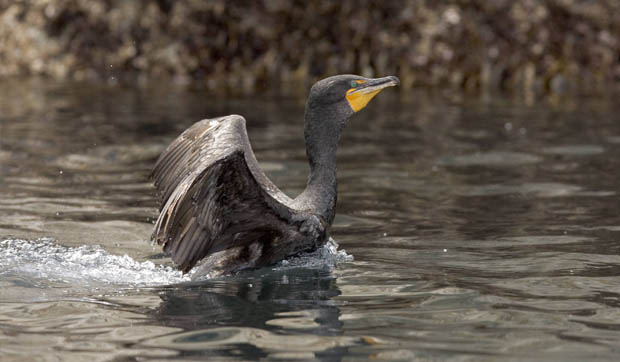
Double-crested cormorants sit low in the water, a trait that helps distinguish them from other waterfowl. The species has seen a number of ups and downs and previously was listed as endangered in Illinois, but today enjoys healthy population numbers. (Photo credit: Steve Hillebrand/USFWS) Double-Crested Cormorants, Part 2 July 28, 2017 Last week when we
Bird, Comorant, FlyDouble-Crested Cormorants, Part 1
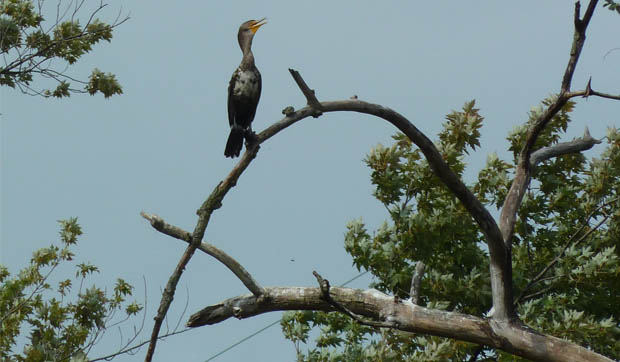
A little creepy and a little kooky, double-crested cormorants are an increasingly common sight along the Fox River as well as assorted local ponds. Here a juvenile, identified by its lighter plumage, sunning on a warm day. Double-Crested Cormorants, Part 1 July 21, 2017 “They’re creepy and they’re kooky, Mysterious and spooky, They’re altogether ooky…”
Bird, Comorant, FlyBlack Witch Moth
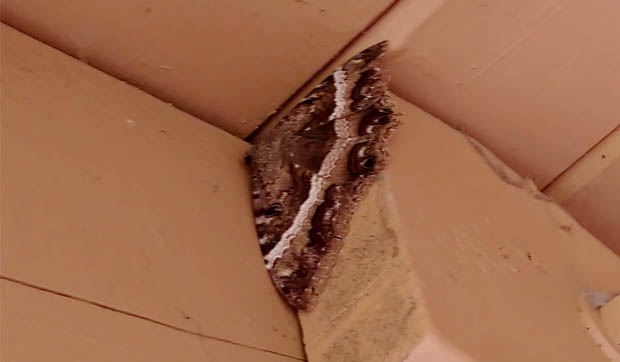
The black witch moth is native to Central and South America but occasionally journeys northward. This individual, a female, was spotted a month ago at LeRoy Oakes Forest Preserve in St. Charles. Black Witch Moth July 14, 2017 “The wind began to switch – the house to pitch And suddenly the hinges started to unhitch.
Black Witch Moth, Fly, Insect, Moth

